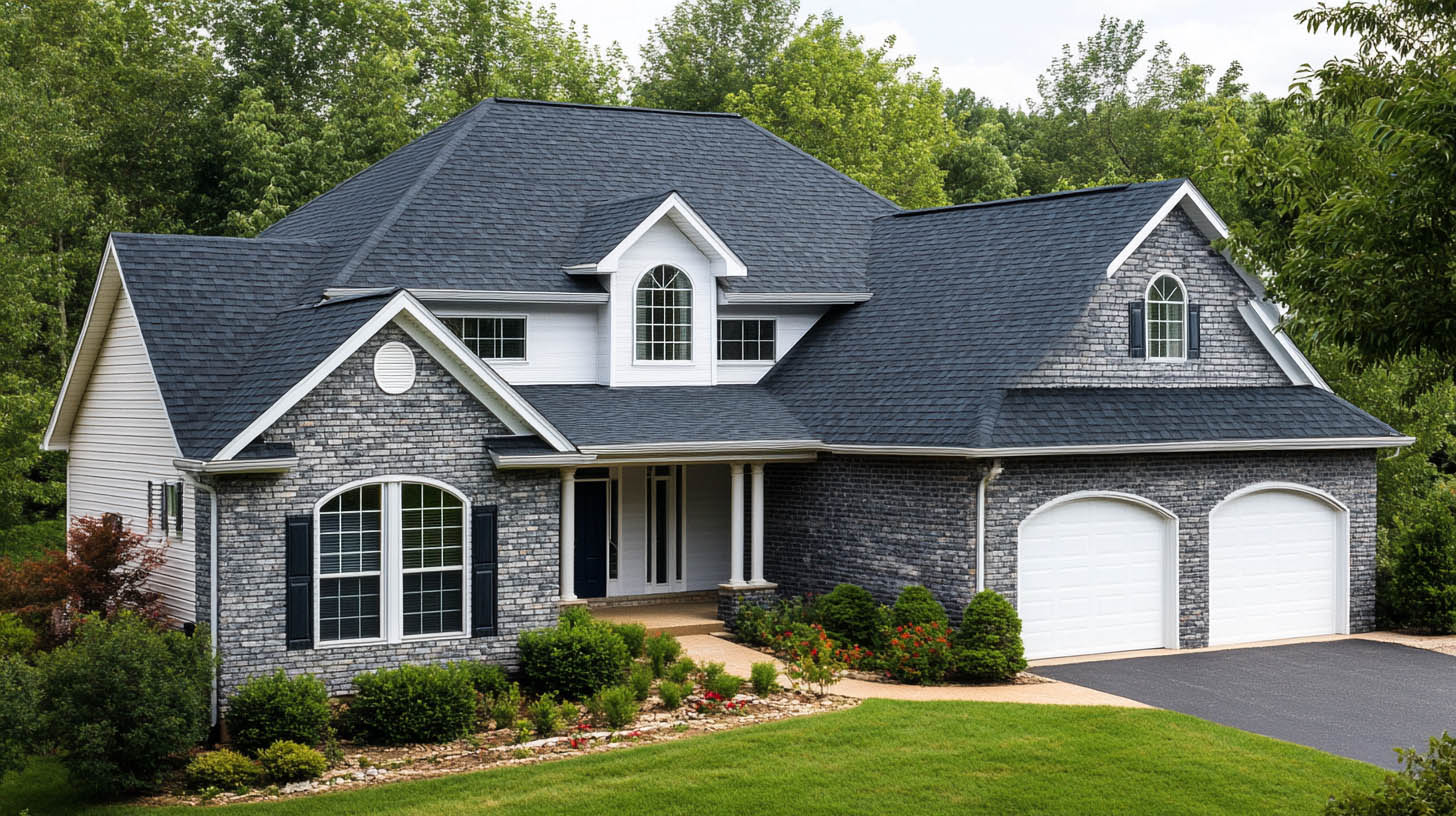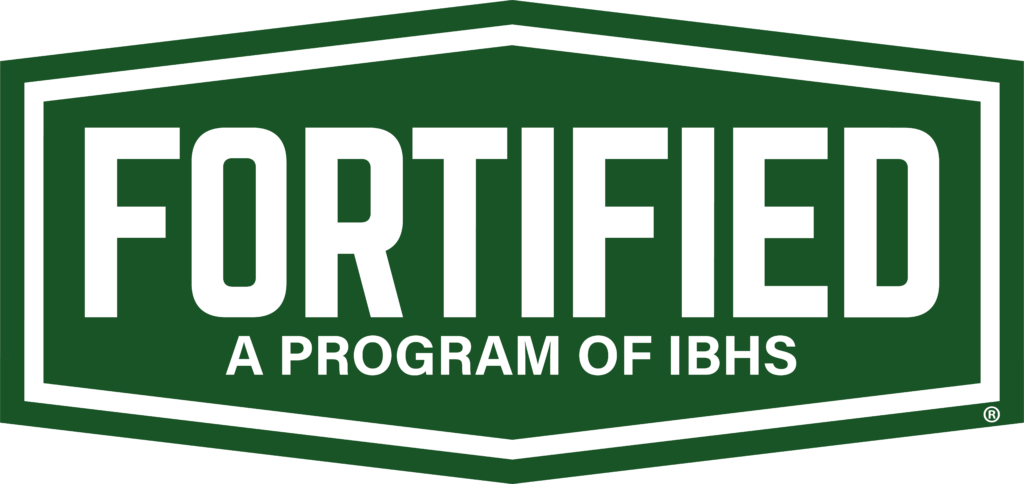
Common Roofing Mistakes That Could Cost You
When it comes to roof repairs or installations, a single misstep can lead to expensive, long-term damage. Whether you’re a homeowner handling minor maintenance or hiring professionals for a full roof replacement, knowing what to avoid can save you thousands in unexpected costs. At DT Roofing, we’ve seen firsthand how common roofing mistakes end up costing residents in Weatherford, TX more than they anticipated.
Your roof protects your home from the elements, insulates your interior, and contributes to your home’s overall value. But when it’s installed or maintained improperly, it can quickly become a source of costly problems. Avoiding these common roofing mistakes is essential to ensuring your roof performs as it should for years to come.
1. Improper Installation
Cutting Corners Comes at a Price
One of the most frequent issues we encounter is poor installation. Even when high-quality materials are used, a roof that’s improperly installed is a liability from day one. Some of the most common installation errors include:
- Missing or improperly installed underlayment
- Incorrect nailing techniques
- Misaligned or loosely attached shingles
- Faulty flashing installation around chimneys, skylights, and valleys
These mistakes often lead to roof leaks, water damage, and in some cases, full roof failure. Unfortunately, even some contractors make these errors when rushing jobs or trying to reduce costs. That’s why it’s essential to work with licensed, experienced professionals who don’t cut corners.
2. Poor Ventilation
The Silent Roof Killer
Ventilation may not be the most visible aspect of your roof, but it’s one of the most important. Without proper airflow, your attic can trap heat and moisture, creating a breeding ground for mold, mildew, and wood rot.
In a climate like Weatherford’s, where hot summers and sudden storms are common, poor ventilation can:
- Shorten your roof’s lifespan
- Increase your energy bills
- Cause insulation to deteriorate
- Lead to excessive humidity and indoor moisture
A properly ventilated roof will keep attic temperatures closer to outdoor conditions, extending the life of shingles and preventing moisture buildup that can destroy roofing materials from the inside out.
3. Skipping Regular Inspections
Waiting Too Long to Call for Help
Many homeowners don’t think about their roof until they spot a stain on the ceiling or notice shingles missing after a storm. By the time these issues are visible, the damage is often far more extensive beneath the surface.
Scheduling annual inspections can catch:
- Small leaks before they expand
- Shingle wear and granule loss
- Flashing separation or rust
- Soft spots in decking or underlayment
A professional inspection is an inexpensive way to prevent major roof problems. Even newer roofs benefit from regular checkups, especially in areas prone to wind, hail, or extreme heat.
4. Using Inconsistent or Subpar Materials
Mismatched Products Undermine Performance
Another costly mistake is using the wrong materials or mixing incompatible products. This includes:
- Combining different brands or styles of shingles
- Using generic or low-quality sealants
- Installing materials not suited to your local climate
These mismatches can cause water to infiltrate seams or underlayment, damage the uniform appearance of your roof, and reduce overall performance.
Working with a contractor who uses trusted brands and materials designed for Texas weather—like those offered by certified roofing companies—ensures your roof functions as a complete, cohesive system.
5. Hiring Unqualified or Out-of-Town Contractors
Beware of Storm Chasers
After a severe storm, many homeowners are approached by out-of-town contractors offering fast, inexpensive repairs. While the low price might be tempting, these “storm chasers” often:
- Lack proper licensing and insurance
- Use low-grade materials
- Don’t honor warranties
- Leave town before problems arise
These fly-by-night roofers rarely provide the accountability or service you’d expect from a local, certified company. Choosing a reputable contractor ensures your investment is protected and your warranty is valid.
6. DIY Roofing Repairs
A Risky and Often Costly Shortcut
Climbing onto your roof to make a quick repair may seem like a good way to save money, but in most cases, it leads to bigger problems. Without the proper tools and experience, DIY repairs can result in:
- Misdiagnosing the issue
- Damaging shingles or underlayment
- Creating uneven surfaces
- Compromising ventilation or flashing
Roofing is also one of the most dangerous home improvement tasks. Falls from roofs are a leading cause of injury for homeowners attempting repairs. Unless you’re trained and equipped, leave roofing work to the pros.
7. Ignoring Local Building Codes and Permit Requirements
The Legal and Structural Consequences
Another common mistake is neglecting local codes and permit requirements. Roofing work, especially full replacements, must adhere to municipal building standards. Failing to obtain permits or follow code can lead to:
- Fines and legal trouble
- Issues during home appraisals or sales
- Unsafe construction that jeopardizes your warranty and insurance coverage
Reputable contractors will handle permitting for you and ensure every aspect of the project meets or exceeds local standards.
Avoiding Costly Roofing Errors Starts with the Right Team
Roofing may not be the most glamorous aspect of homeownership, but it’s one of the most vital. From protecting your home from the elements to maintaining its energy efficiency and structural integrity, your roof works hard every day. That’s why it deserves the same level of care and professionalism as any other major system in your home.
Avoiding these common roofing mistakes requires more than just awareness—it requires a commitment to working with qualified experts who put quality first. Whether you’re planning a full replacement or simply patching a leak, partnering with a trusted roofing professional ensures that your roof is built to last.
Read also our blog: Aluminum Metal Roofing: Key Benefits and Facts











